Envis Centre, Ministry of Environment & Forest, Govt. of India
Printed Date: Friday, November 22, 2024
Gardening step by step
Gardening step by step
1 – Decide What You’d Like to Grow in Your Home Garden
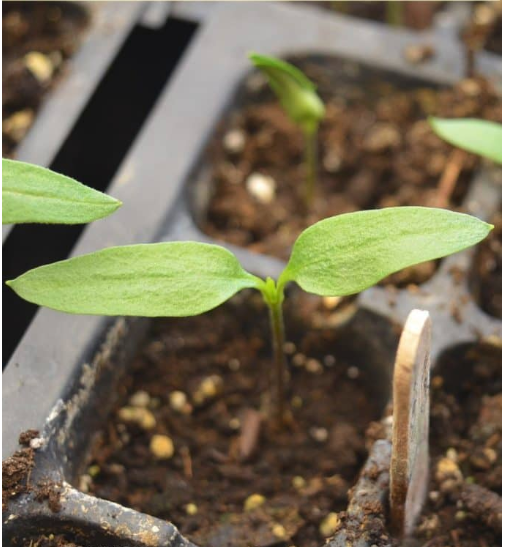
Make sure your top choices make sense for your area. Figure out your gardening zone and estimated first and last frost dates. If possible, talk to successful gardeners in your area to find out which crops grow well and which don’t.
2 – Choose a Location to Start Your Garden
Ø Greens, herbs and root veggies will grow in partial shade.
Ø Most fruits and vegetables need a minimum of five hours of direct sunlight per day for fruiting.
Ø Southern gardens may benefit from late afternoon shade, whereas northern gardens likely need all the sun they can get.
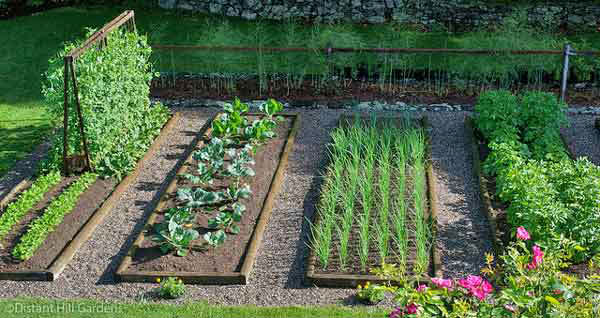
Think about how you will access the garden for picking, watering and caring for your plants. Out of site often equals out of mind – and often a neglected garden. Avoid high wind areas and frost pockets (low areas where frost is likely to settle).
Watch out for wildlife, pet damage and children’s play areas. When we first moved here, our neighbour’s dog would randomly visit and dash through the garden. This was very hard on new seedlings. Now the dog is gone, but the deer and wild bunnies come to visit, so we plan accordingly.
3 – Plan Your Garden Beds
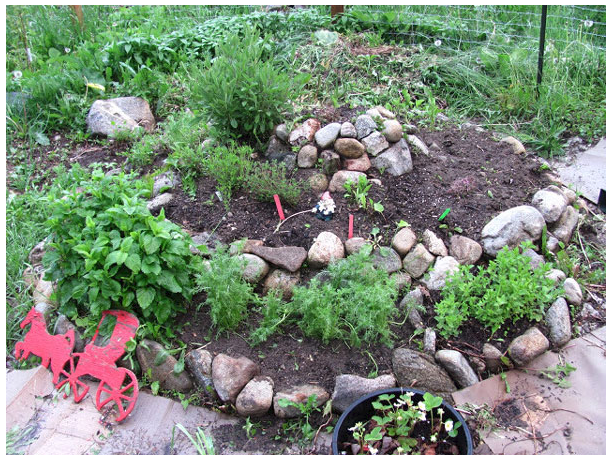
Once you know where you want your garden, decide on the type and size of garden bed(s). Raised beds are attractive and may make it easier to work in your garden, but they also dry out more quickly. In very dry areas, sunken beds can be used to gather available moisture.
Think about planting your garden in blocks or beds of plants instead of single rows. Beds should be 3 to 4 feet across – narrow enough that you can reach the center from either side. Beds should be roughly 10 feet long or less, so you’re not tempted to step into the bed and compact the ground.
Ø Within the garden beds, place plants in rows or a grid pattern.
Ø The goal is minimize walkways and maximize growing space.
Ø You only add fertilizer and soil amendments to the planting area, saving time and money.
Ø Work with companion plants to attract beneficial insects and improve yields.
A small, well-tended garden can produce as much or more than a large, poorly tended garden. Make sure to give each plant enough room to grow. The seeds and transplants are tiny, but full grown plants can get huge. Overcrowded plants will have difficulty thriving.
Rectangular or square beds are the most common, but you’re only limited by your imagination and building skills. Most raised bed kits are rectangular, but you can also plant your garden in found items like old livestock water tanks or sections of drain pipe.
4 – Invest in Basic Garden Tools
The right tools make working in your garden a pleasure instead of a chore. You don’t use a butter knife to chop up raw carrots, and you shouldn’t use dull or flimsy tools to work in your garden. Basic gardening equipment includes:
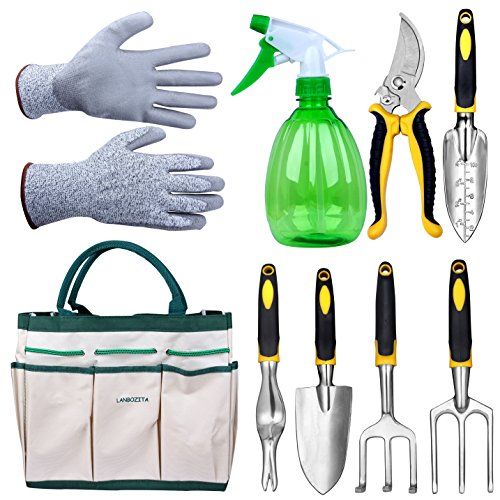
Ø Garden hoe
Ø Scuffle hoe
Ø Dirt rake
Ø Leaf rake
Ø Garden Shovel or D handle Shovel
Ø Hand tools
Don't buy cheap plastic tools if you can avoid it. Shop yard and estate sales for bargains on real metal tools, or visit your local garden centre. Get tools that are sized properly for you to reduce the risk of injury. Good tools will save time and effort, and your back. Keep tools clean and sharp, just like you should treat a good knife.
5 – Test Your Soil
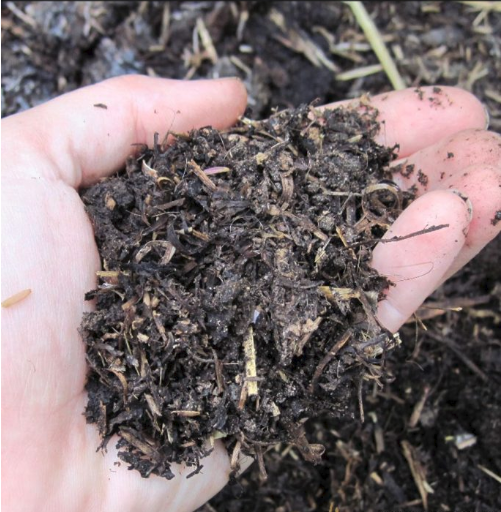
Before you start building your garden beds or planting, you need to know something about your soil.
*Is it acidic, alkaline or neutral pH?
*Is your soil mostly sand, clay, silt, or a mix of the three?
*Are there a lot of rocks?
*Does it have a good amount of basic nutrients?
*Is there a risk of soil contamination from nearby structures, roadways or other sources?
Some of these characteristics can be determined just from looking at the soil. Others may require home tests or professional lab tests.
Most garden crops prefer soil with a pH around 7 (neutral), although some like conditions that are slightly acidic (potatoes, for instance) or slightly alkaline (brassicas). Balanced nutrient levels are also important, as is the presence of organic matter.
6 – Build Your Soil
If you're starting with sod, you'll either need to cut it up in chunks and repurpose it, till it in, or lay down wet newspaper or cardboard to smother it and build a bed on top. Preparing in fall is best, but don't let that stop you from starting in spring.
Most plants prefer a deep, well-drained, fertile soil rich in organic matter. Once you start a garden, you’ll gain a new appreciation for healthy soil. Healthy, vibrant soil healthy, vibrant plants with built in disease and pest resistance and more nutrition.
7 – Choose the Right Seeds or Transplants
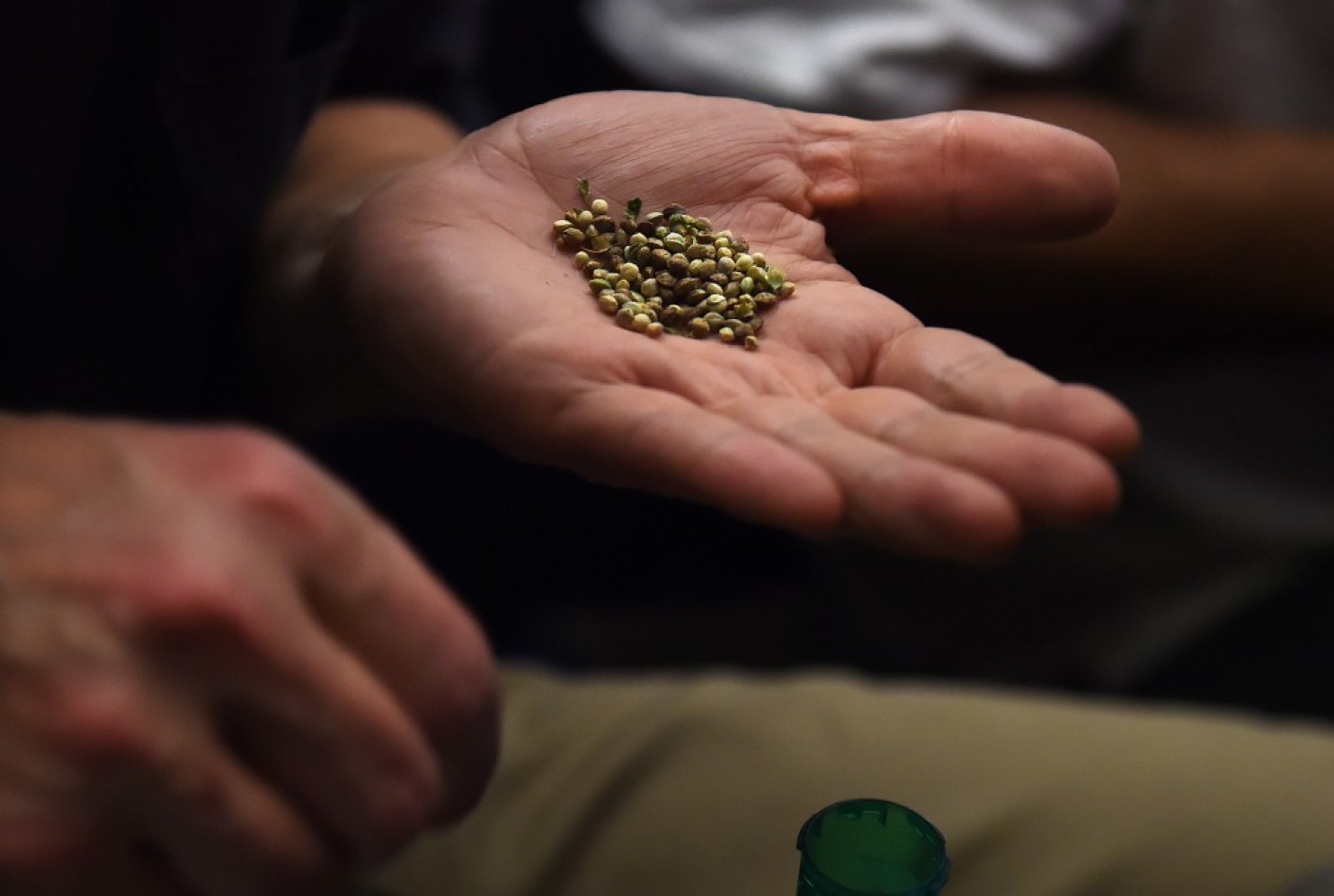
To learn which plants grow best directly seeded in the garden and which plants are better as transplants, visit the “seed starting calendar”. If you want to grow specific varieties, especially heirloom varieties, you'll probably need to grow your own transplants from seed. Starting your own transplants is a great way to save money, too.
If you’re not ready to tackle growing transplants for your garden, here are some tips to help you spot the best plants at the nursery:
Ø Look for pots that are roughly equal in size to the plant. Big plants in tiny pots are more likely to be root bound (with roots tangled and growing in circles inside the pot) and suffer from transplant shock when planted in the garden.
Ø Watch for signs of stress such as insect damage or yellow leaves. Many stores now set up seasonal plant sales in their parking lots. Even with regular watering, baking asphalt is hard on seedlings.
Ø Ask whether or not your plants or seeds were treated or sprayed with potentially harmful chemicals such as neonicotinoid pesticides. Pollinators are critical for fruit set in the garden, so you don’t want to buy plants that may harm them.
8 – Plant with Care
Most seed packets and transplant containers come with basic planting instructions. Once you've done the ground work (literally), you just need to jump in and plant. Just give it a try and you can learn the rest as you go.
Rules of thumb for planting in your garden:
Ø Plant seeds roughly 3 times as deep as the diameter of the seed, unless otherwise directed on the package. Some seeds require light for germination.
Ø For transplants – most transplants are planted at the same depth they were growing in the pot. The exception is tomatoes, which can be planted deeper or trenched in.
Ø Wait until danger of frost is past to plant heat loving plants such as tomatoes, peppers, cucumbers, okra, etc.
9 – Nurture Your Garden
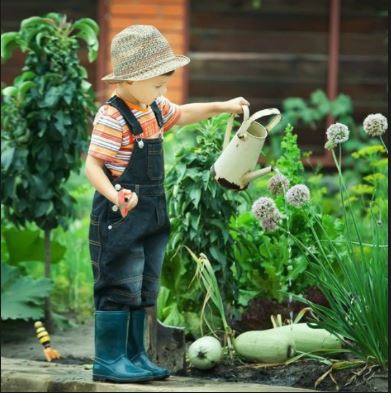
There's an old saying that says, “The best fertilizer is the gardener's shadow.” If you're not prepared to make time in your schedule to tend to your plants, you may be better off hitting the farmer's market, or sticking with extremely low maintenance items like sprouts or herbs. Depending on the size of your plantings, time requirements may range from a few minutes per day to a full time job.
A rule of thumb for watering is that plants need around one inch of water per week during the growing season. If you don't get rain, you'll need to water.
Over watering is as bad as under watering, so always check the soil before turning on a tap or hitting the rain barrels. Soil that is too wet will cause seeds and roots to rot. Foliar feeds like compost tea can be added to give plants extra nutrition and a dose of healthy microbes while watering.
Bugs are more attracted to plants that are stressed or in some way deficient, so if you have healthy, well-nourished plants, your pest problems should be minimal. If you have a problem, chances are there's an organic solution. If you're going through all the effort to grow your own food, why would you want to put toxins on it?
10 – Enjoy Your Harvest
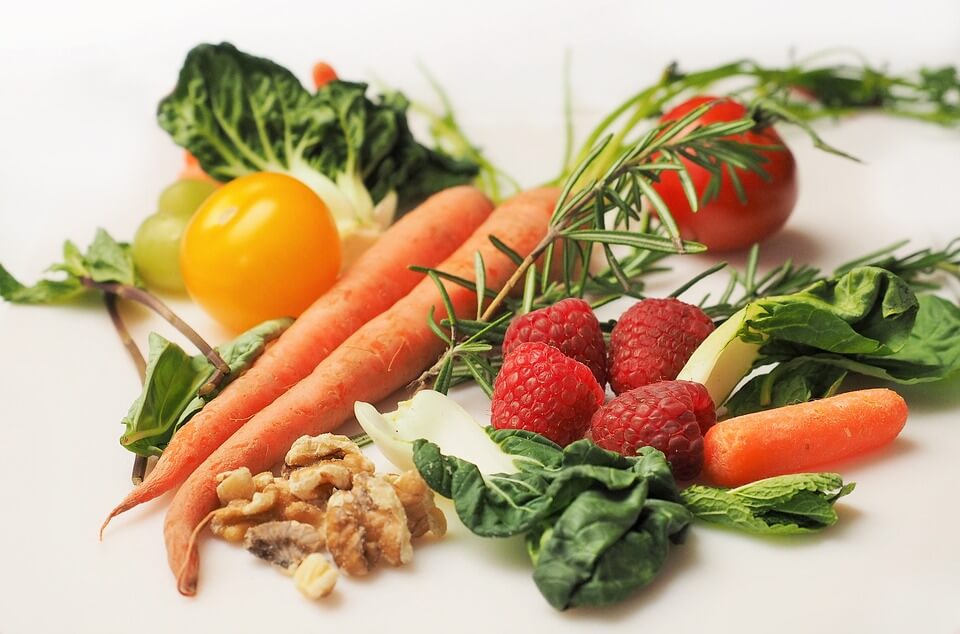
As crops mature, make sure to harvest promptly for best quality. Leafy greens like lettuce are typically “cut and come again”, which means you can clip off the leaves and they will regrow for another harvest.
Ø Beans and peas should be picked every two to three days.
Ø Sweet corn should be harvested when cops are well filled out and silk is dark.
Ø Tomatoes and peppers can be harvested green or allowed to ripen to full sweetness and flavor. Flavor is typically at a peak when the morning dew has cleared, but before the afternoon heat has settled in.
Gardening is also good for your health. It can fight depression, reduce stress and improve your diet.
Source: https://commonsensehome.com/start-a-garden/